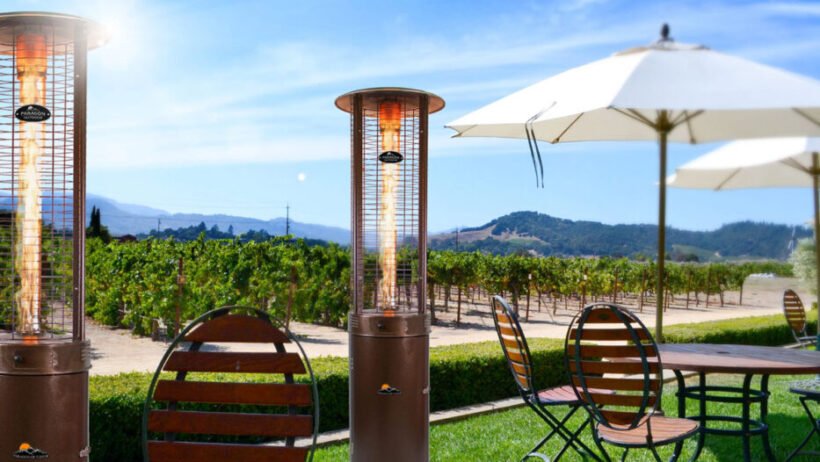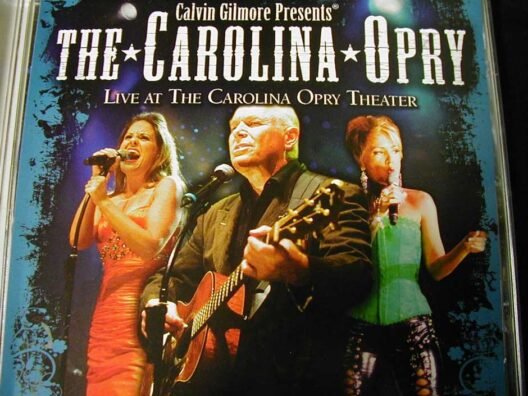As homeowners and outdoor enthusiasts look for ways to extend their time outdoors, especially during cooler months, outdoor heaters have become increasingly popular. Whether it’s enjoying a backyard dinner, hosting a small gathering, or simply relaxing by the patio, the right heater can make a significant difference in comfort and usability. Understanding the different types of outdoor heaters and how they operate is essential to choosing the best option for your space.
1. Propane Heaters
Propane heaters are one of the most common types of outdoor heating solutions. They are fueled by portable propane tanks, which makes them versatile and easy to move around your patio or deck. Many propane heaters are freestanding with a tall, tower-like design, which allows heat to radiate over a wide area. Propane heaters are known for providing immediate warmth and are relatively easy to operate. However, regular maintenance, such as checking for leaks and replacing tanks, is necessary to ensure safety and efficiency.
2. Natural Gas Heaters
For homeowners looking for a more permanent outdoor heating solution, natural gas heaters are a popular choice. These heaters are typically connected directly to a home’s gas line, which eliminates the need to replace or refill tanks. Natural gas heaters offer consistent, reliable heat and are often installed as part of an outdoor kitchen or patio setup. Because of their fixed installation, these heaters tend to be larger and can provide heat to broader areas.
3. Electric Heaters
Electric outdoor heaters are ideal for smaller spaces or for areas where combustion-based heaters may not be practical. They operate using electricity and can come in portable or mounted forms, including wall-mounted panels or overhead infrared heaters. Electric heaters are quiet, clean, and often energy-efficient. While they may not provide the same intensity of heat as gas-powered units, they are excellent for moderate outdoor conditions and are easy to integrate with outdoor lighting or smart home systems.
4. Infrared Heaters
Infrared heaters are a type of electric or gas-powered heater that works by directly warming objects and people rather than the surrounding air. This method of heating is highly efficient for outdoor use because it reduces heat loss due to wind or open spaces. Infrared heaters can be installed overhead or as portable units and are often used in patios, decks, and restaurant terraces. They provide instant warmth and are quiet in operation, making them a comfortable option for extended outdoor activities.
5. Wood-Burning Heaters
While less common than gas or electric options, wood-burning outdoor heaters—such as chimineas or outdoor fireplaces—offer a traditional, rustic charm. They provide both heat and ambiance, creating a cozy atmosphere for social gatherings. These heaters require a steady supply of wood and proper ventilation, and homeowners must be cautious about sparks and fire safety.
Choosing the Right Outdoor Heater
Selecting the best outdoor heater depends on several factors, including the size of your outdoor space, your preferred heat source, and the intended use. Safety, energy efficiency, and installation requirements are also critical considerations. Consulting product manuals, following manufacturer guidelines, and understanding local regulations can ensure both safety and enjoyment.
Final Thoughts
Outdoor heaters are an excellent way to extend the usability of patios, decks, and backyard spaces throughout the year. From portable propane units to permanent natural gas installations, there are options to suit nearly every outdoor environment. Understanding the types of heaters available and how they operate can help homeowners make informed decisions, maximize comfort, and create a welcoming space for family and friends.








